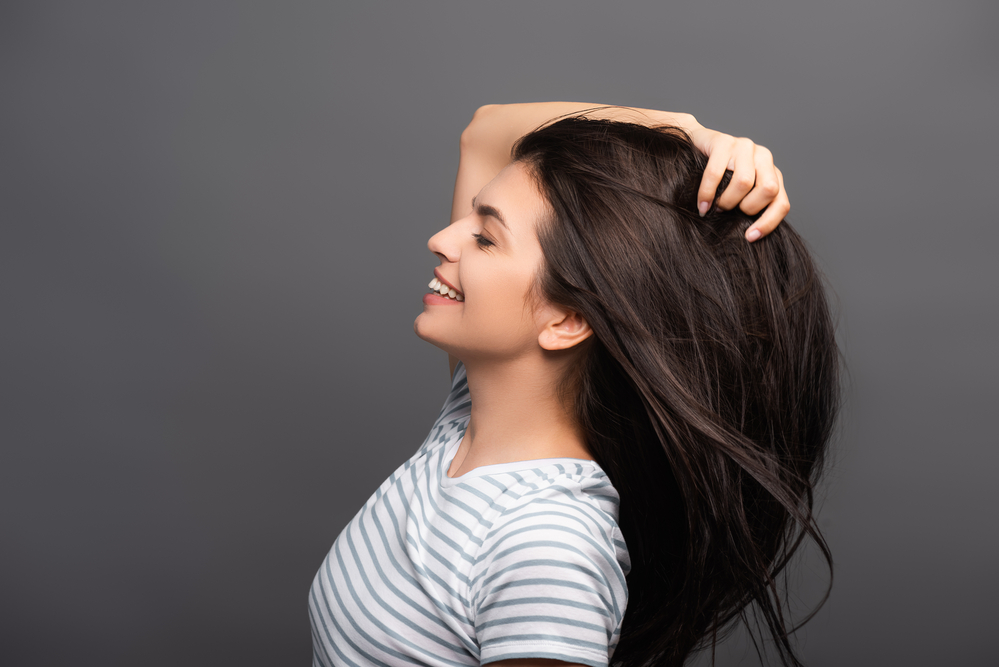When it comes to scalp treatments, many people worry about post-treatment effects, particularly whether their hair will feel weighed down or greasy afterward. One popular option that has gained attention is the HydraFacial Scalp Treatment known for its deep-cleansing and hydrating benefits. But does it leave your hair looking oily or unwashed? Let’s explore how this treatment works and what you can realistically expect.
How HydraFacial Scalp Treatment Works
The HydraFacial Scalp Treatment is a non-invasive procedure designed to cleanse, exfoliate, and nourish the scalp using a specialized vortex-like suction technology. Unlike traditional facials, this treatment focuses on removing dead skin cells, excess sebum, and impurities while infusing the scalp with serums rich in vitamins, antioxidants, and peptides.
Why Greasiness Might Be a Concern
Some scalp treatments can disrupt the scalp’s oil production, leading to either excessive dryness or rebound oiliness. However, the HydraFacial approach is designed to maintain equilibrium. The extraction phase removes buildup without overstimulating the sebaceous glands, while the hydration step delivers lightweight moisture that absorbs quickly.

Factors That Influence Post-Treatment Hair Texture
While the HydraFacial Scalp Treatment is formulated to avoid greasiness, individual results can vary based on several factors:
Scalp Type
Those with naturally oily scalps might wonder if the treatment exacerbates shine. However, because the process removes excess sebum, it often helps regulate oil production over time. On the other hand, individuals with dry scalps may notice improved hydration without a greasy feel, thanks to the water-based serums used.
Aftercare Practices
Post-treatment care plays a role in how your hair looks and feels. For instance, using heavy styling products immediately after the procedure could counteract the treatment’s balancing effects. Opting for lightweight, non-comedogenic hair products will help maintain the fresh, clean result.
Frequency of Treatment
Regular sessions can help sustain a healthy scalp environment, reducing the likelihood of oiliness between appointments. Sporadic treatments, however, might not offer the same long-term regulation of sebum production.
Common Misconceptions About Scalp Hydration
A well-hydrated scalp doesn’t necessarily mean a greasy one. The HydraFacial Scalp Treatment uses hyaluronic acid and other humectants that attract moisture to the scalp without adding oiliness. This distinction is crucial—hydration addresses dryness, while greasiness stems from excess sebum.
What to Expect After Your Treatment
Immediately following the session, your hair may feel slightly damp from the hydrating serums, but this absorbs quickly. Most clients can style their hair as usual within an hour or two. Since the treatment doesn’t involve heavy emollients, there’s no need for aggressive washing afterward.
Final Verdict:
The HydraFacial Scalp Treatment is engineered to cleanse deeply while restoring moisture balance—not to leave hair greasy. By removing excess oil and debris and replacing them with lightweight hydration, the treatment promotes a healthier scalp environment without the unwanted shine.






Comments